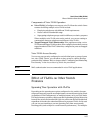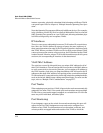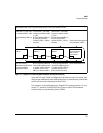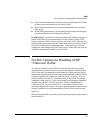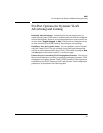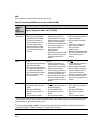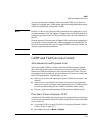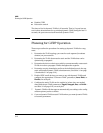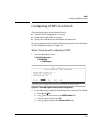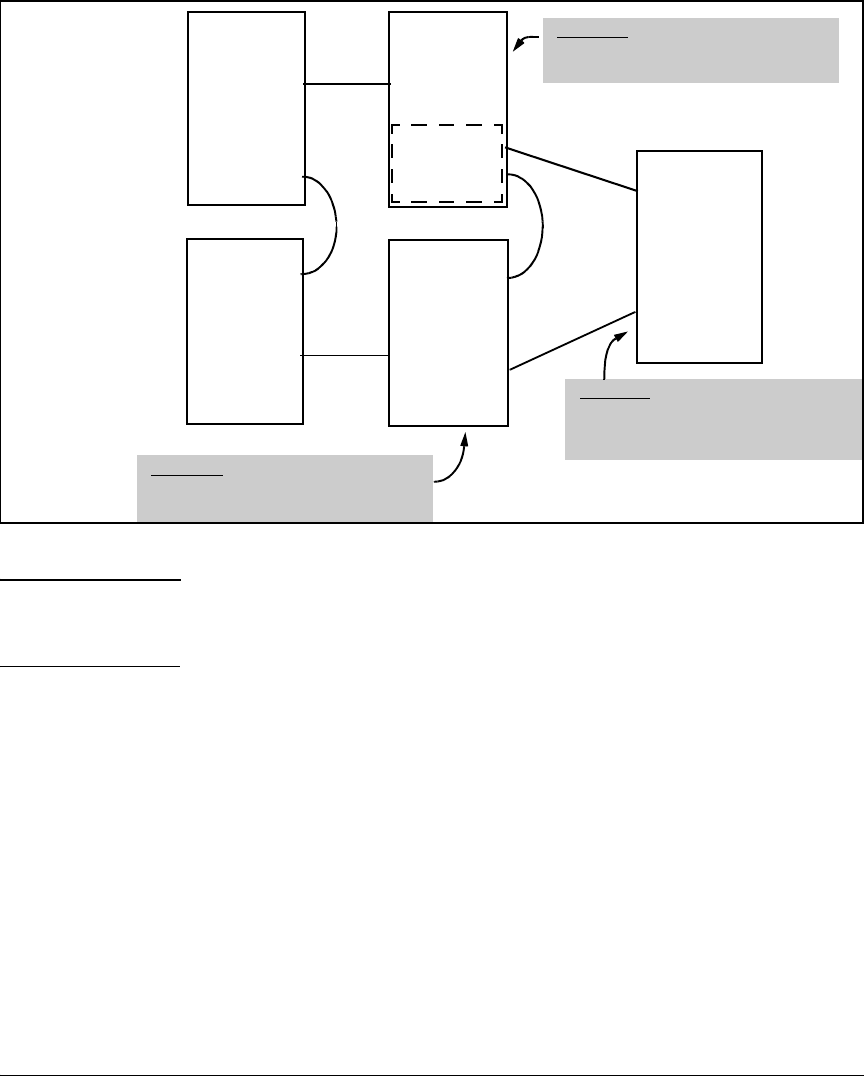
3-6
GVRP
General Operation
Figure 3-2. Example of GVRP Operation
Note A port can learn of a dynamic VLAN through devices that are not aware of
GVRP (Switch “B”, above). VLANs must be disabled in GVRP-unaware devices
to allow tagged packets to pass through.
A GVRP-aware port receiving advertisements has these options:
■ If there is not already a static VLAN with the advertised VID on the
receiving port, then dynamically create the VLAN and become a member.
■ If the switch already has a static VLAN assignment with the same VID as
in the advertisement, and the port is configured to Auto for that VLAN,
then the port will dynamically join the VLAN and begin moving that
VLAN’s traffic. (For more detail on Auto, see “Per-Port Options for
Dynamic VLAN Advertising and Joining” on page 3-9.)
■ Ignore the advertisement for that VID.
■ Don’t participate in that VLAN.
Note also that a port belonging to a Tagged or Untagged static VLAN has these
configurable options:
Switch “A”
GVRP On
Switch “B”
(No GVRP)
Switch “C”
GVRP On
Switch “D”
GVRP On
Tagged
VLAN 22
Tagged
VLAN 22
Switch “E”
GVRP On
Tagged
VLAN 33
Switch “C”:
Port 5 dynamically joins VLAN 22.
Ports 11 and 12 belong to Tagged VLAN 33.
Switch “E”:
Port 2 dynamically joins VLANs 22 and 33.
Port 7 dynamically joins VLANs 33 and 22.
Switch “D”:
Port 3 dynamically joins VLANs 22 and 33.
Port 6 dynamically joins VLAN 22 and 33.
15
12
11
2
7
3
6



